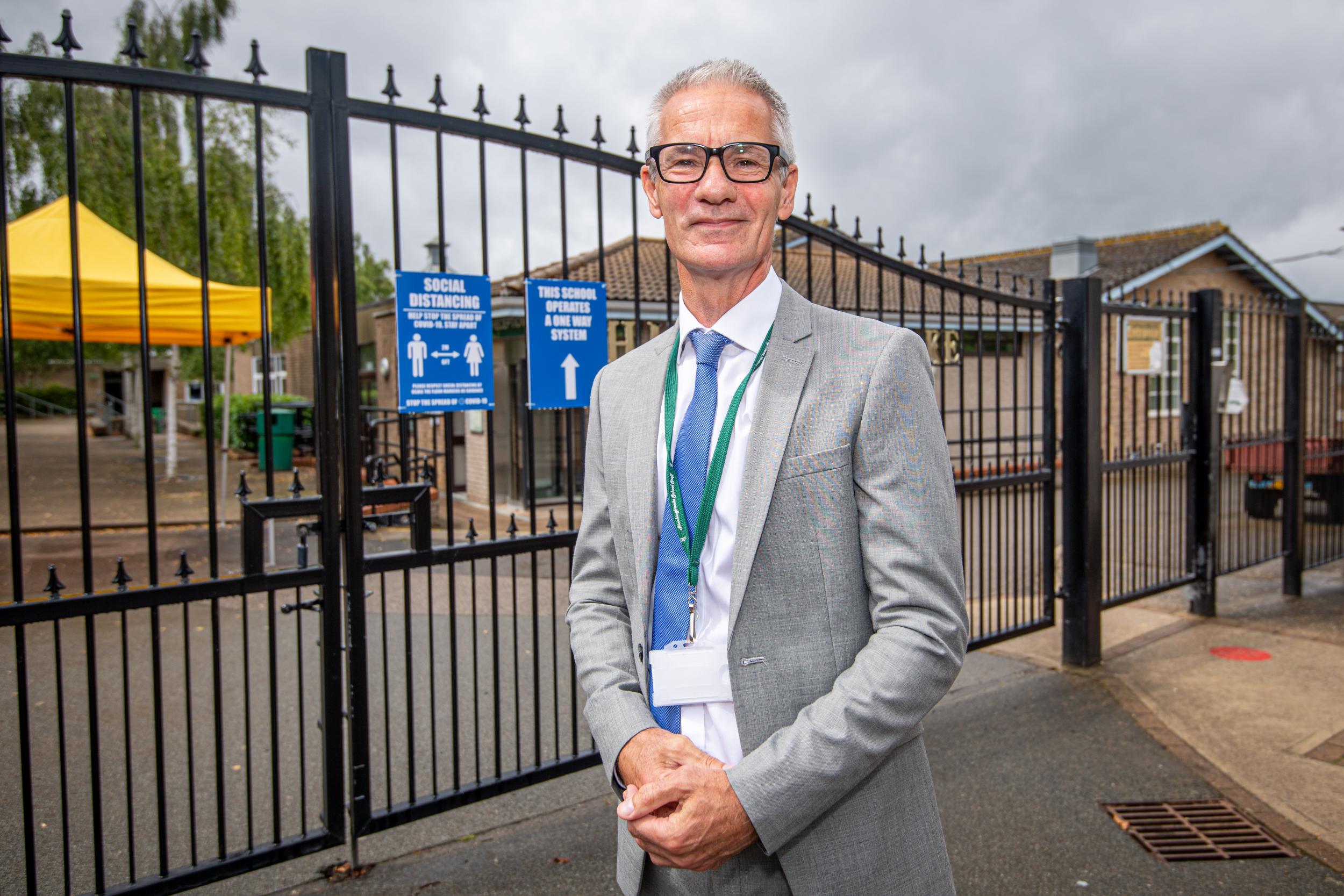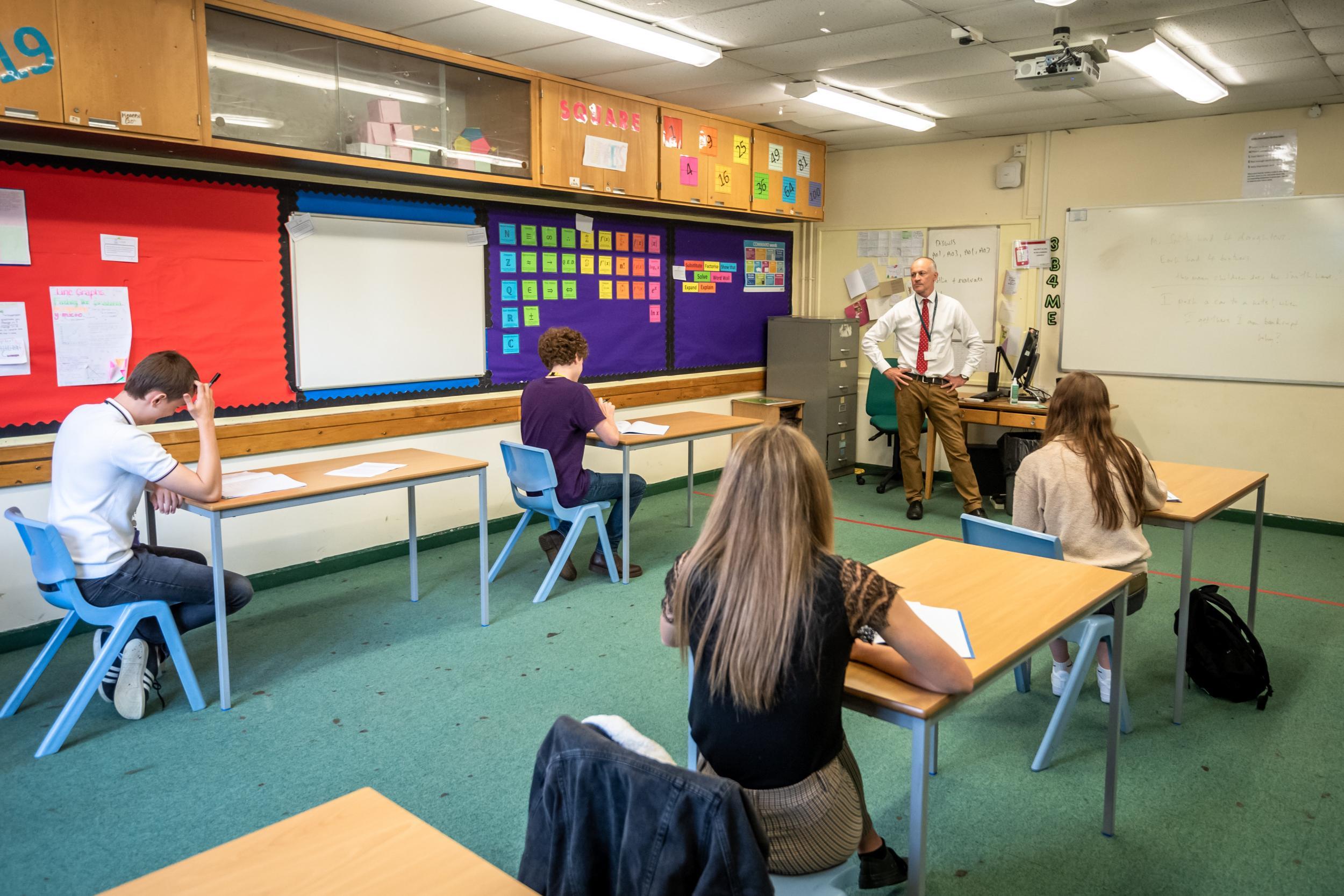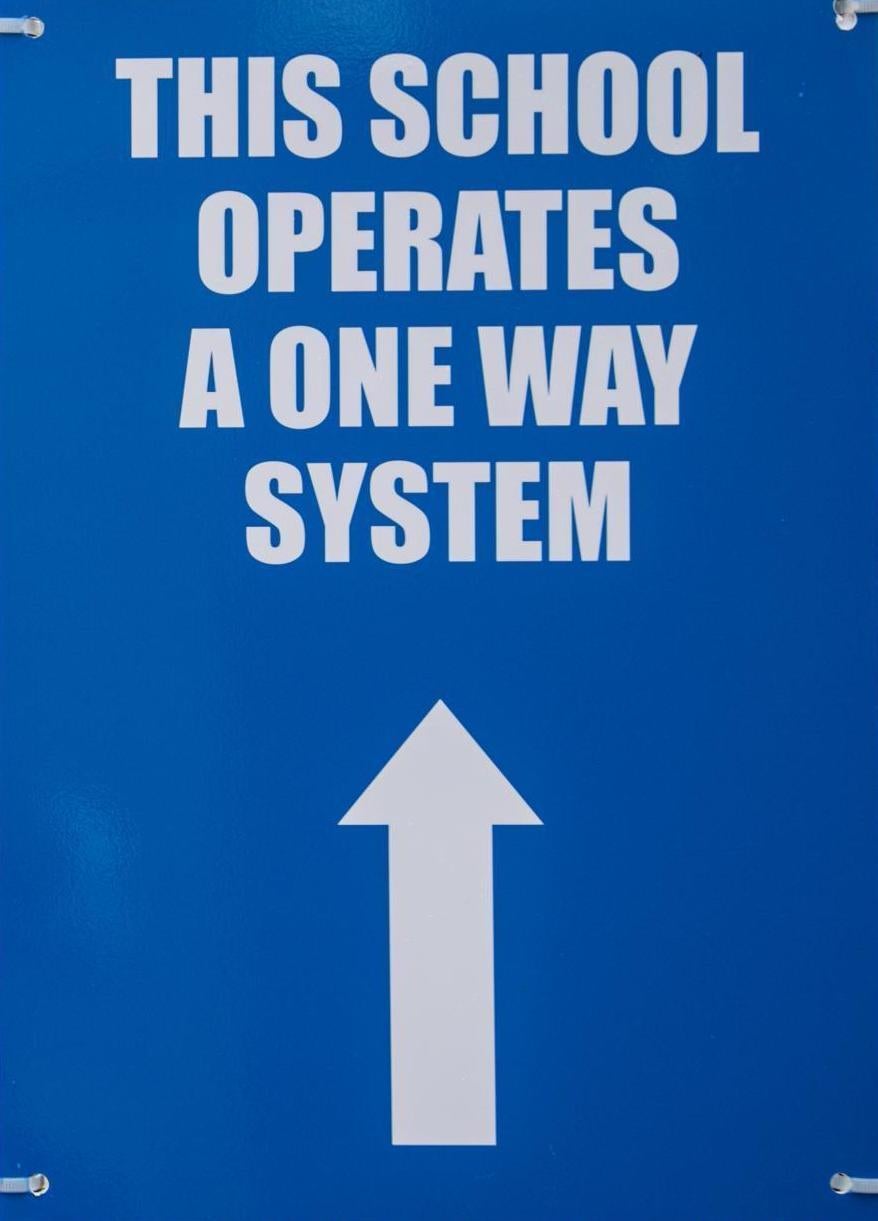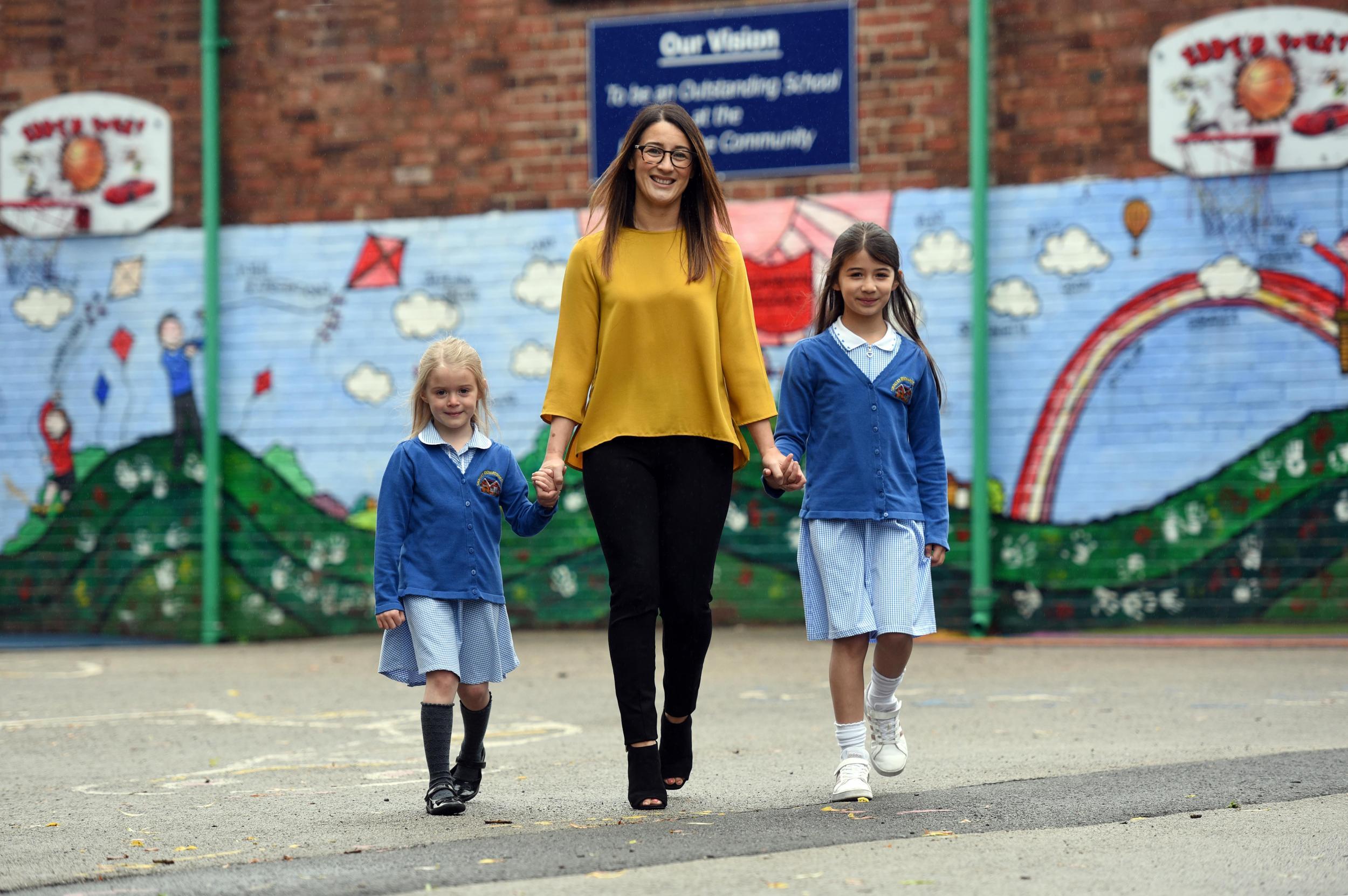How schools in England are helping pupils return to the classroom
Secondary and primary school children are emerging from lockdown and back into classrooms. Here are some of the measures that schools are implementing to make the transition easier for pupils, staff and parents

Hinchingbrooke School is an academy school in Huntingdon, Cambridgeshire, with more than 1,900 pupils and 200 staff. Teachers started welcoming back A-level students last week.
“We’ve only had the Year 12s in so far, but for them it was really clear they were delighted to be back,” says Mark Patterson, school principal, pictured above. “You could see it on their faces. It’s getting back to some sense of routine, structure and normality."
He continues: “I think a lot of them have been surprised by how much they’ve missed school. I think if you’d asked them before lockdown ‘Would you like a week off?’, they’d have said ‘Please!’. I bet if you asked them now, they’d say ‘Can I come back?’. I think the parents and students now realise how important school is.”

Prior to the return, teachers organised a virtual assembly for Year 10 and 12 pupils, and sent a booklet home detailing the new guidelines which would be in place.
5 back-to-school tips for parents
From Dr Sam Wass, developmental cognitive neuroscientist at the University of East London
“Don't give them a lot of small instructions – recognise your child would have had an enormous amount of instructions during the course of the day.”
“If you are rewarding your child's behaviour, it's very important to do it every time.”
“For a child who's been finding it tough, talking to another child who's been in the same situation is by far the best way of letting it out.”
“Encourage [Year 6] children to visit the website for their new school. It's also worth practising the journey to school before they start.”
“It's important to encourage a child to work for themselves and get on with their own inner task.”
New measures include red circles marked on the ground that are two metres apart and one-way systems throughout the school.
“We’ve reorganised all the classrooms that we’re using so the desks and chairs are two metres apart,” Patterson explains. “We’ve got designated areas set aside at break and lunchtime for each group to go to, and we’ve got signage around the school reminding everybody of the importance of hygiene, frequent hand washing and keeping their distance.”
Implementing new measures
Rheeya Makwana is one of the Year 12 students who has returned to Hinchingbrooke. “We’ve been having online lessons and voiceover PowerPoints, but it’s not really the same as being in a classroom,” she says. “The structure was really good and I felt like I learned a lot more being back at school. I came home in such a good mood.”
Rheeya’s father Yogesh Makwana did have some initial worries about his daughter returning to school: “There’s always some concern, but all the communication from school has been excellent in the build up to it and all the measures that have been put in place have reassured us. If you offered our 13-year-old the chance to go back to school tomorrow, he’d do it in a heartbeat. He misses his classes; the social interaction. He loves PE and he does so much at school that he misses."

Year 10 pupils Vahine and Lucia will also be returning to the school this week. “The twins are really looking forward to it,” says their mother, Alesia Dickinson. “They’ve been messaging all their friends to find out what group they’re in. Less than a week after we said yes to going back we found out what bubbles they were in and we had clear guidelines about times, rooms and what they can expect when they go back to school. They’re raring to go.”
Both Makwana and Dickinson agree that their children have missed the structure of school lessons and that the transition back to the classroom has been easier than expected. “I think it’s a positive thing,” says Dickinson. “I think it’s a step in the right direction. We need to let the children start that process.”
Going back to Embark schools
Trust leader at Embark Matthew Crawford, pictured below, has been welcoming back primary pupils to the Federation’s schools across Derbyshire.
“The feedback we have had so far from all the schools across the Trust is that it’s going really well in terms of welcoming the children back,” he says. “It’s not a one-size-fits-all. Each school has done a risk assessment based on what they can do.”

Most Embark schools are now back at around 25-30 per cent capacity, Crawford says. It's up from around two per cent when lockdown began, when it was just key workers’ children and more vulnerable pupils in the classroom.
“It’s lovely to hear the children playing and see schools becoming vibrant again,” he adds. “As soon as lockdown began, we started work on our Reconnection to Recovery and Resilience programme, a nine-stage support package to welcome children back safely.”
Keyworker Vicki Ellis has two children who have returned to one of Embark's schools Richardson Endowed Primary - Amelia in Year 3 and Darcey in Year 1, pictured below.
"The first day the girls were back I was wondering how they were all day. I knew the school had done everything possible to welcome the children back in a happy, positive way but I worried whether Amelia and Darcey were enjoying themselves. But when they came home they were so happy to have had that day at school – and eager to go back next day.

Crawford explains that the school has tried to make the transition back to the classroom as fun as possible for the children: “We’re following the guidelines but in a way that’s fun for the children. We aren’t marking big Xs on the floor. Some of our schools, for example, are painting snakes in bright colours to show the way.”
Embark has also shared its programme with schools as far as Devon, Durham, South Gloucestershire and Wales.
“It’s a suite of resources and activities that schools can adapt to their own settings, taking the bits that work for them,” explains Crawford. “It’s lovely that the brilliant work of our staff is making a difference and impacting the lives of millions of children across the country, not just the 3,000 within our Trust.”
Information in this article applies to schools in England only. Please check with your local authority for news on schools' openings in your area